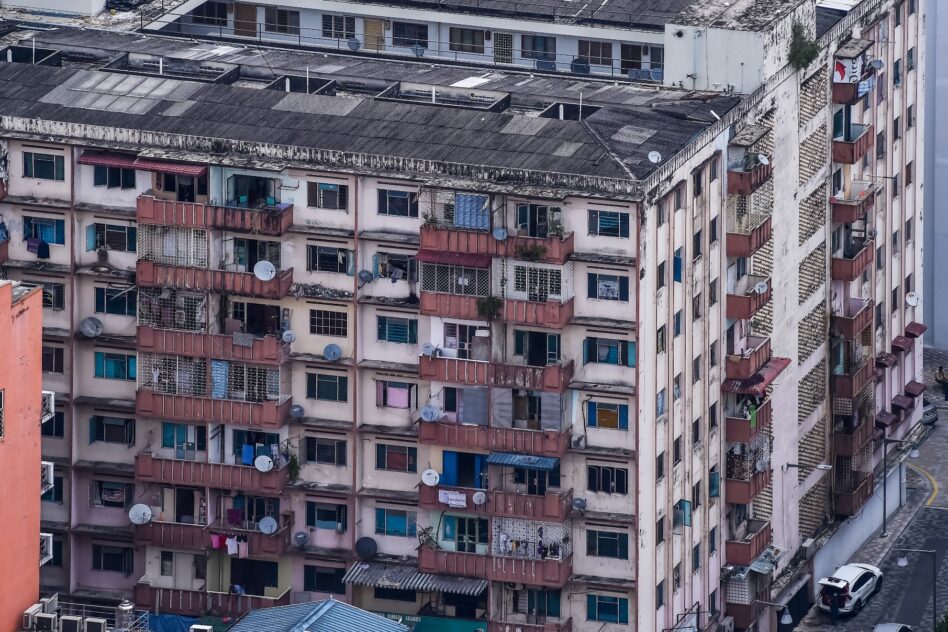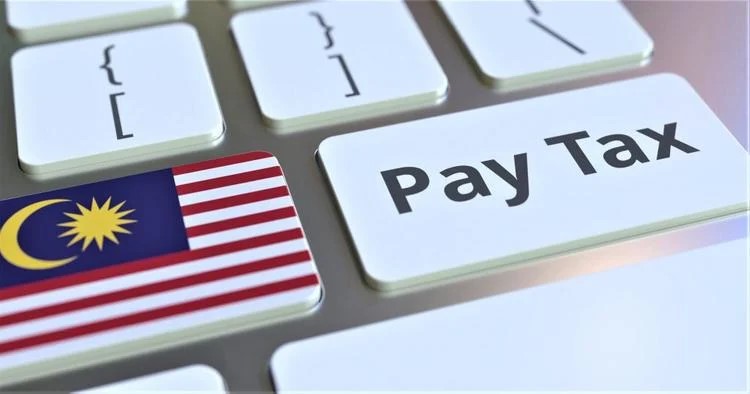IT should be no surprise if a layman has a superficial understanding of the local tourism industry or its major components.
But those that ought to know could also be oblivious and they include leaders in government and travel associations, tourism lecturers and graduates, and even the media.
Tourism studies in tertiary institutions are largely academic, but theories alone have little use or application in the real world of business.
Right on cue, the Department of Statistics releases the Domestic Tourism Survey at the end of every June and the annual Tourism Satellite Account in September.
These two reports provide a wealth of information on our tourism industry encompassing domestic, inbound and outbound.
In 2019 for example, 3.6 million people were employed in the tourism industry, or 23.6% of the 15.1 million workforce in the country.
And 2.4 million, or more than two out of every three people in the tourism industry, were employed in food and beverage and retail trade.
By far, food and beverage, shopping and accommodation were the three biggest sectors in tourism, employing the greatest number of people and gaining the largest share of the tourism expenditures in 2019.
But all have been adversely affected by the pandemic in various degrees.
The worst hit on the food and beverage sector were large restaurants that serve cook to order meals and they operate inside shopping malls, hotels, shophouses facing a street, standalone buildings and converted bungalows with parking facility.
These restaurants depend on dine-ins for business where customers could sit in comfort and enjoy freshly cooked or piping hot meals, and diners are prepared to pay for quality and luxury.
During the pandemic, most orders for delivery are fast foods or local meals that are more affordable.
Those who prefer to take away would look for shophouse outlets that are easier to reach compared to those inside shopping malls. They can also opt for one of the many roadside stalls and food trucks.
Meanwhile, many shops located inside shopping malls and those along streets are either closed or without customers.
Most shoppers are afraid of contracting the coronavirus or have lost their purchasing power. As the end of the pandemic is still nowhere in sight, many people are conserving cash.
When it comes to accommodation, licensed hotels were badly hit as many have closed and those operating are devoid of guests.
Unseen are private residences rented by tourists and entrepreneurs that made a killing pre-pandemic by operating unlicensed hotels are now stuck with apartments that could not generate income to repay loans and no buyers for their properties.
The fate of luxurious 5-star hotels and convention centres depend on whether borders are closed or opened, as they derive their business largely from international corporate travellers and those attending business events.
But for the much more affordable budget and tourist-class hotels, their occupancies will immediately pick up when interstate travel restrictions are lifted.
However, COVID-19 infections are bound to shoot up to a new high and lead to yet another lockdown if the lifting of intrastate or interstate travel restrictions and allowing more than one person per table for dining in are done overnight.
The standard operating procedure (SOP) for solo dining should include wearing the mask until food or drink is served and put the mask back on immediately after finishing. Diners are not even allowed to speak using the phone while others are present.
This is because COVID-19 is mostly spread in droplets emitted when talking, laughing, coughing, sneezing, smoking or vaping.
Sadly, COVID-19 daily cases in August are raging at a record high and morale at an all-time low. Tourism industry players have little control of their livelihood, and their fate is largely dependent on the measures put in place by the authorities.
So far, these have not led to a slow and steady recovery of business. Instead, we have been going back and forth, or making U-turns every now and then.
COVID-19 daily cases went up and down at the beginning of the year but shot up from May and was uncontrollable from July.
And the worst hit are businesses that have kept faith and hung on. Had they known any better, they would have just given up much earlier instead of continuing to pile up more losses.
Today, almost all tourism businesses are ill-fated as conditions may remain unchanged over the next few years and may even worsen.
The economy of our beleaguered nation may eventually recover, but international tourism will never regain its height pre-pandemic.
This is because the world will continuously be interrupted by pandemics, cyberattacks, terrorism and wars, caused mainly by the warmongering USA, which had waged endless wars outside its own territories since the end of the World War II in 1945. – Aug 9, 2021
YS Chan is Asean Tourism Master Trainer, Mesra Malaysia master trainer, tourism and transport business consultant and writer.
The views expressed are solely of the author and do not necessarily reflect those of Focus Malaysia.









